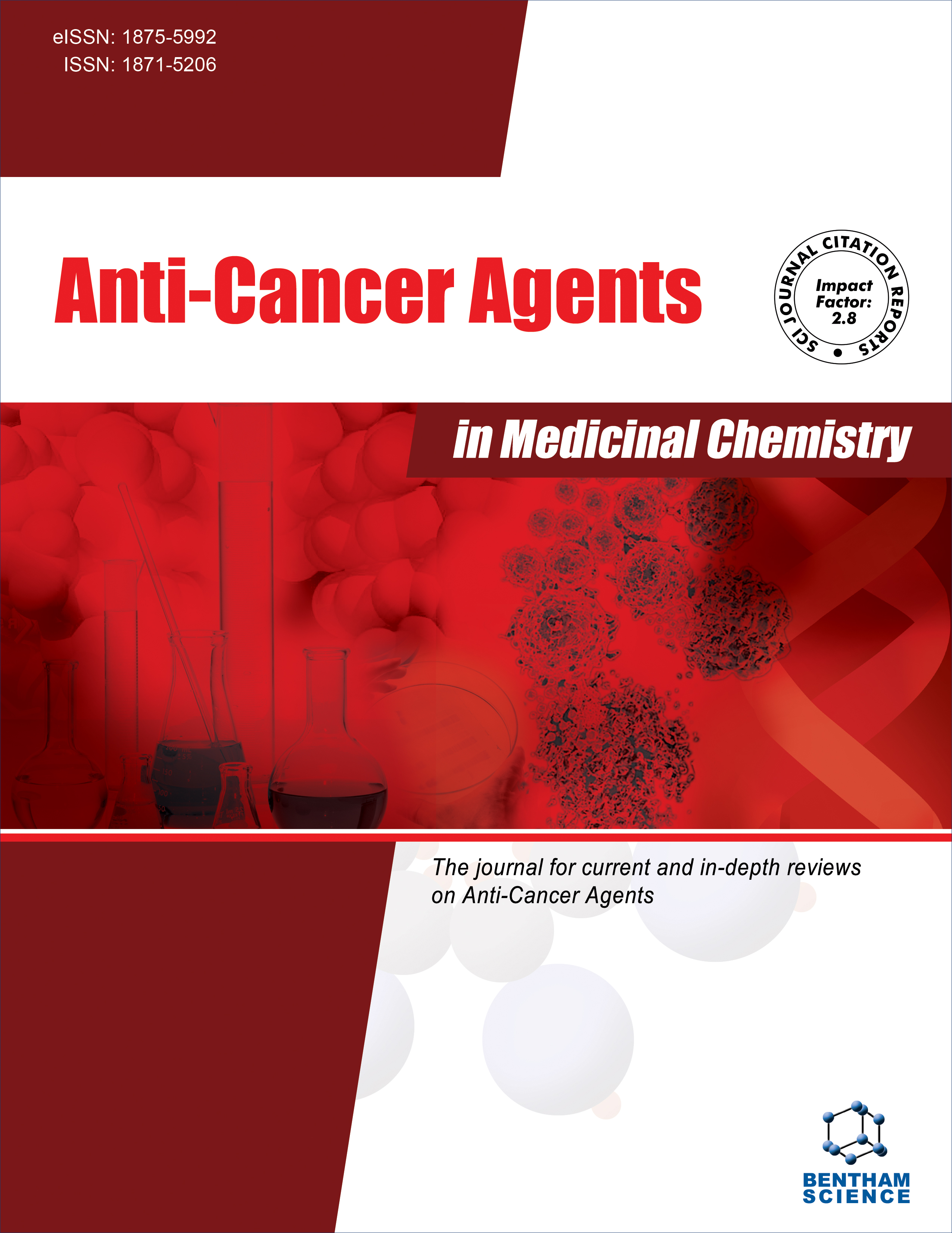
Full text loading...

Glycosylation plays a crucial role in cellular processes such as recognition and signaling, and its dysregulation is associated with tumor progression. Alpha-1,3-mannosyltransferase (ALG3) is a key enzyme in N-glycosylation, and its aberrant expression has been implicated in various malignancies. However, the mechanisms underlying ALG3-driven oncogenesis and the identification of potential ALG3 inhibitors remain largely unexplored. This study aims to comprehensively investigate the oncogenic role of ALG3 across different cancer types and identify potential inhibitors through bioinformatics analysis and molecular docking-coupled dynamics simulations.
Multiple cancer-related databases were analyzed to elucidate the oncogenic role of ALG and to assess its expression patterns, genetic alterations, and epigenetic regulation. Furthermore, molecular docking and dynamics simulations were employed to identify small-molecule inhibitors targeting the human ALG3.
Our findings demonstrated a significant upregulation of ALG3 at both transcript and protein levels in cancerous tissues compared to normal ones. High ALG3 expression correlated positively with tumor stage, grade, and metastasis while negatively influencing patient survival. Genetic analysis revealed that amplification was the most common alteration in ALG3, whereas DNA methylation played a key role in its upregulation. Molecular docking and dynamics simulation identified two mannosyltransferase inhibitors, Opn and Clo, as potential inhibitors of ALG3, suggesting their therapeutic potential.
This study highlights the oncogenic role of ALG3 in a pan-cancer model and identifies its potential inhibitors. Our findings provide valuable insights into ALG3-driven tumorigenesis and suggest that targeting ALG3 could be a promising strategy for cancer therapy.
The study first reported potential inhibitors of human ALG3 based on a molecular modelling approach. This opens the way for future experimental investigations of the testing of these lead compounds in ALG3-high cancer models.

Article metrics loading...

Full text loading...
References


Data & Media loading...
Supplements